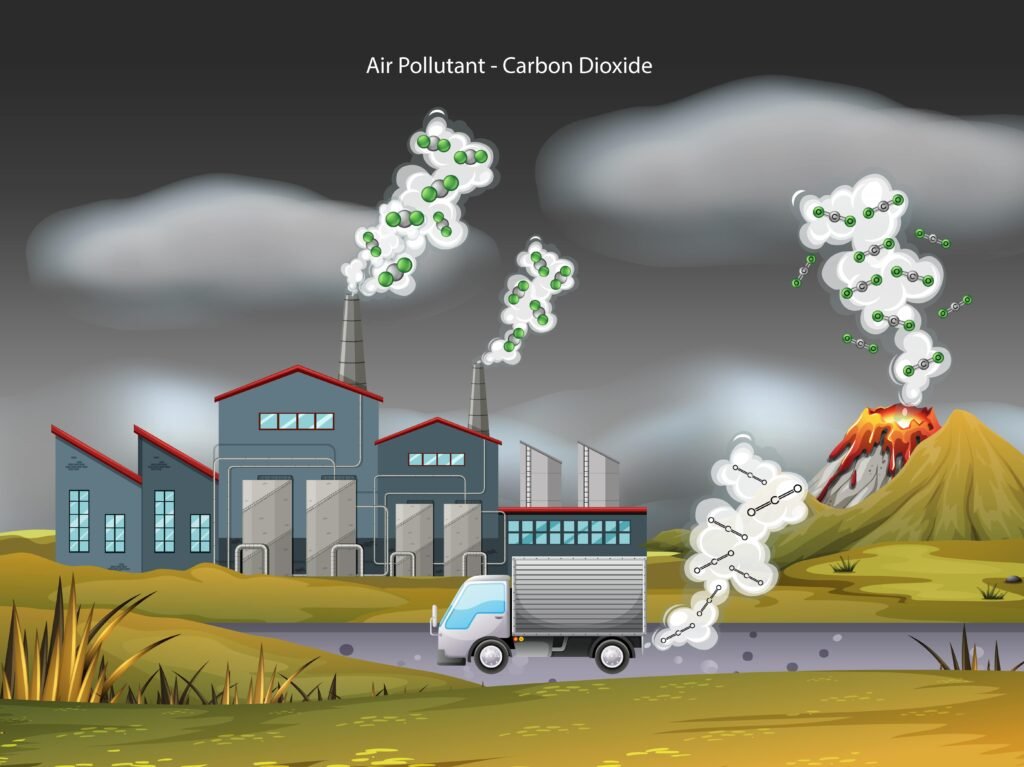Gardeners and agricultural enthusiasts have always been enthralled by greenhouses. Often viewed as enchanted spaces where plants flourish without regard to weather or seasonal restrictions, these buildings are essential to contemporary horticulture. We shall explore the types, histories, advantages, and practical aspects of greenhouses in this blog, which will help to explain why they are still a vital tool for gardeners all over the world.
The Background of Greenhouses
The Roman Emperor Tiberius loved to consume cucumbers all year round, which is why the idea of greenhouses originated. To keep the plants safe, his gardeners covered them with frames made of transparent mica. But the real development of greenhouses started in Italy in the thirteenth century, when they were referred to as “giardini botanici.” Originally intended to hold exotic plants that explorers brought back, these buildings were antiquated.
In Europe, greenhouses started to become more common in the 17th century. Leading the lead in the creation of increasingly intricate designs were the Netherlands and England. Greenhouses have become larger and more efficient since the development of glass and its increased availability. When the industrial revolution reached its peak in the 19th century, greenhouses came to represent both advancement in science and social standing.
Types of Greenhouse
There are many sizes and forms of greenhouses, and each is appropriate for a particular set of circumstances. These are a few typical kinds:

1. Lean-to Greenhouses
These greenhouses are attached to one side of an existing building. They are space-efficient and benefit from the building’s existing heating, making them ideal for small gardens or urban settings.
2. Ridge and Furrow Greenhouses
Also known as gutter-connected greenhouses, these consist of multiple greenhouses connected in a series. This design is popular in commercial horticulture because it maximizes space and structural efficiency.
3. Geodesic Domes
Geodesic dome greenhouses are known for their strength and ability to withstand harsh weather conditions. Their unique shape provides excellent light distribution and temperature control.
4. Hoop Houses
These are simple, cost-effective greenhouses made of a series of hoops covered with polyethylene. They are easy to construct and move, making them popular among hobbyist gardeners.
5. Shade Houses
While not traditional greenhouses, shade houses use a frame covered with shade cloth to protect plants from excessive sunlight while allowing air circulation. They are ideal for plants that thrive in partial sunlight.

Benefits of Greenhouses
A. Extended Growing Season
Greenhouses allow gardeners to extend the growing season by providing a controlled environment. This means you can start planting earlier in the spring and continue growing later into the fall and winter.
B. Protection from Pests and Diseases
The enclosed environment of a greenhouse provides a barrier against many pests and diseases. This reduces the need for chemical pesticides, promoting healthier and more organic growth.
C. Climate Control
Greenhouses offer the ability to control temperature, humidity, and light levels. This is particularly beneficial for growing exotic or sensitive plants that require specific conditions.
D. A Higher Productivity
Plants develop more quickly and yield more when growing conditions are ideal. Because of this, greenhouses are a great investment for both commercial producers and hobbyists.
E. Length of Stay
The use of greenhouses in gardening can be beneficial. Gardeners can reduce their environmental impact by doing things like rainwater gathering, composting, and organic growing in greenhouses.
Constructing and Caring for a Greenhouse
1. Selecting the Ideal Site
Choose a location that receives the most sunshine possible, ideally facing south. Steer clear of places with lots of shadow or wind. Additionally necessary to avoid waterlogging is good drainage.
2. Construction and Materials
Wood, aluminum, and PVC are just a few of the materials that can be used to build a greenhouse. The choice of glazing material will have an impact on insulation and light transmission, whether it is polycarbonate, polyethylene, or glass.
Foundation
A sturdy foundation is crucial. Options include concrete slabs, gravel, or treated timber. Ensure the foundation is level and well-drained.
Ventilation
Maintaining air circulation and avoiding overheating depend on proper ventilation. Exhaust fans, side vents, and roof vents can all help achieve this.
3. Heating and Cooling
You could need to make investments in cooling systems (shade cloths, evaporative coolers) or heating systems (electric heaters, gas heaters) depending on your environment. Temperature control can also be aided by thermal mass (such as water barrels) and passive sun heating.
4. Systems of Watering
Automated watering solutions, such misting or drip irrigation, can guarantee constant moisture levels while saving time. In order to increase the sustainability of your greenhouse, think about putting in a rainwater collection system.
5. Illumination
It might be required to provide more lights, particularly in the winter. Energy-efficient LED grow lights can produce the full spectrum of light required for photosynthesis.

Practical Tips for Greenhouse Gardening
1. Planting companion plants and rotating crops
Crop rotation and companion planting are keystones in preserving soil health and preventing pest accumulation. To promote growth and ward off pests, this entails growing companion plants alongside crops and changing crops on a seasonal basis.
2. Management of Soil
Make use of good, well-draining soil. To guarantee ideal nutrition levels, evaluate the soil frequently and make amendments with fertilizers and organic materials.
3. Control of Pests
Pests can infiltrate even a greenhouse. Employ natural pest management techniques such as neem oil application, sticky trap use, and the introduction of beneficial insects.
4. Continuous Upkeep
Maintain a clean and well-kept greenhouse. Clear away any material that can be home to pests or diseases, including weeds and dead leaves. Check the structure on a regular basis for wear and tear or damage.
5. Keeping Documents
To keep track of planting dates, growth progress, and any problems you run into, keep a gardening notebook. Over time, this can assist you in improving your yields and honing your techniques
Final Thoughts
Because they offer a regulated environment where plants can flourish independent of external conditions, greenhouses are a monument to human ingenuity. The advantages of owning a greenhouse are numerous, regardless of gardening experience level. Greenhouses provide a flexible and environmentally friendly way to grow a wide range of plants, from extending the growing season to shielding your plants from pests and diseases.
You can start a fulfilling greenhouse gardening journey by learning about the various kinds of greenhouses, their advantages, and the practical aspects of building and maintaining one. Accept the possibility












1 thought on “The Enchantment of Greenhouses: An Extensive Guide”